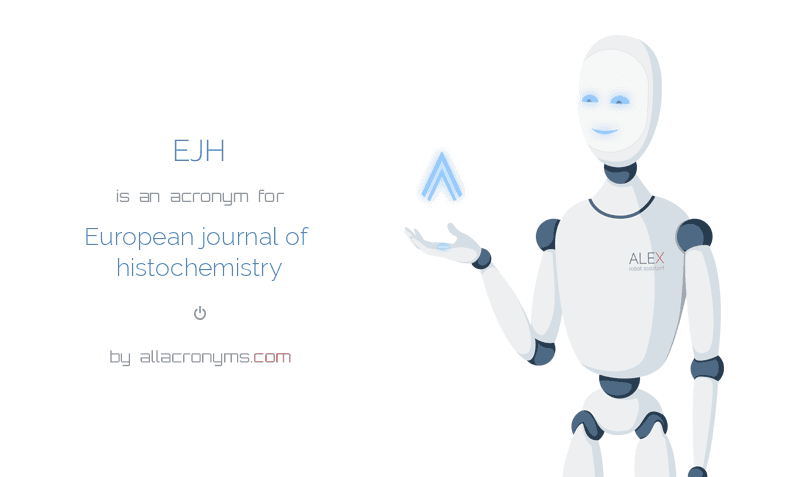
“Cannabinoid 2 receptor (CB2R), a Class A G-protein coupled receptor (GPCR), is a promising drug target in a wide array of pathological conditions. Rational drug design has been hindered due to our poor understanding of the structural features involved in ligand binding. Binding of a high-affinity biarylpyrazole inverse agonist AM1336 to a library of the human CB2 receptor (hCB2R) cysteine-substituted mutants provided indirect evidence that two cysteines in transmembrane helix-7 (H7) were critical for the covalent attachment. Here, we used proteomics analysis of the hCB2R with bound AM1336 to directly identify peptides with covalently attached ligand and applied in-silico modeling for visualization of the ligand-receptor interactions. The hCB2R, with affinity tags (FlaghCB2His6), was produced in a baculovirus-insect cell expression system and purified as a functional receptor using immunoaffinity chromatography. Using mass spectrometry-based bottom-up proteomic analysis of the hCB2R-AM1336 we identified a peptide with AM1336 attached to the cysteine C284(7.38) in H7. The hCB2R homology model in lipid bilayer accommodated covalent attachment of AM1336 to C284(7.38), supporting both biochemical and mass spectrometric data. This work consolidates proteomics data and in-silico modeling, and integrates with our ligand-assisted protein structure (LAPS) experimental paradigm to assist in structure-based design of cannabinoid antagonist/inverse agonists.”













